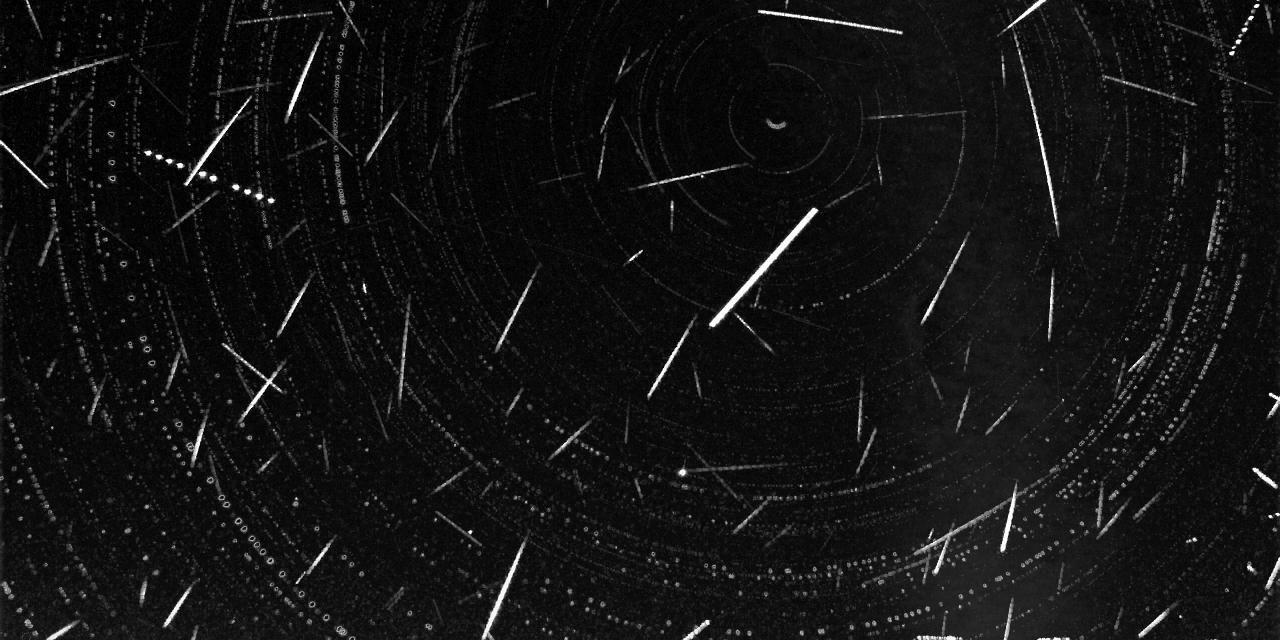Large parts of Europe benefit from perfect weather conditions during this moonless period. So far the Lyrid activity could be monitored by visual and video meteor observers. The 2020 Lyrid return will definitely be documented by detailed analyzes. Some observers had the impression that the activity declined somehow towards the morning of April 21-22. Although most meteors were faint, several nice, bright Lyrids were reported but so far no spectacular fireball events. The activity level was normal like a typical Lyrid return with modest hourly rates and definitely no outburst or spectacular rates like some sensation media misinformed many people who must have been disappointed with such misleading announcements once again.
Stable clear sky for several nights is rare, but it is even more rare to get this during a moonless meteor shower maximum. The exceptional circumstances for the Lyrids 2020 will remain for many meteor observers a once-in-a-lifetime event, but it is not unique. Carl Johannink (Gronau, Germany) reminds us that 1996 and 2001 also brought perfect weather during a moonless Lyrid maximum night in the Netherlands.
While the data of observers and cameras are being collected, we can show a collection of video meteors of past nights to provide an impression of how the Lyrids performed with some short video shots that display well how the Lyrids appear swift at the sky in a glimpse.
More results will follow when data get analyzed.

April 22 00h56m UT at Kattendijke, Netherlands on camera 378 (Kees Habraken).

April 22 01h05m UT at Kattendijke, Netherlands on camera 378 (Kees Habraken).

April 22 01h58m UT at Kattendijke, Netherlands on camera 378 (Kees Habraken).

April 22 01h51m UT at Mechelen, Belgium on camera 3830 (Adriana and Paul Roggemans).

April 22 01h53m UT at Mechelen, Belgium on camera 3830 (Adriana and Paul Roggemans).
April 21 19h23m UT at Mechelen, Belgium on camera 3830 (Adriana and Paul Roggemans).

April 22 00h12m UT at Genk, Belgium on camera 3815 (Adriana and Paul Roggemans).

NOT a Lyrid, April 22 00h59m UT at Genk, Belgium on camera 3815 (Adriana and Paul Roggemans).

April 22 00h07m UT at Grapfontaine, Belgium on camera 3814 (Adriana and Paul Roggemans).

April 22 01h59m UT at Grapfontaine, Belgium on camera 3814 (Adriana and Paul Roggemans).

April 22 02h35m UT at Langenfeld, Germany on camera 3800 (Uwe Glässner).


